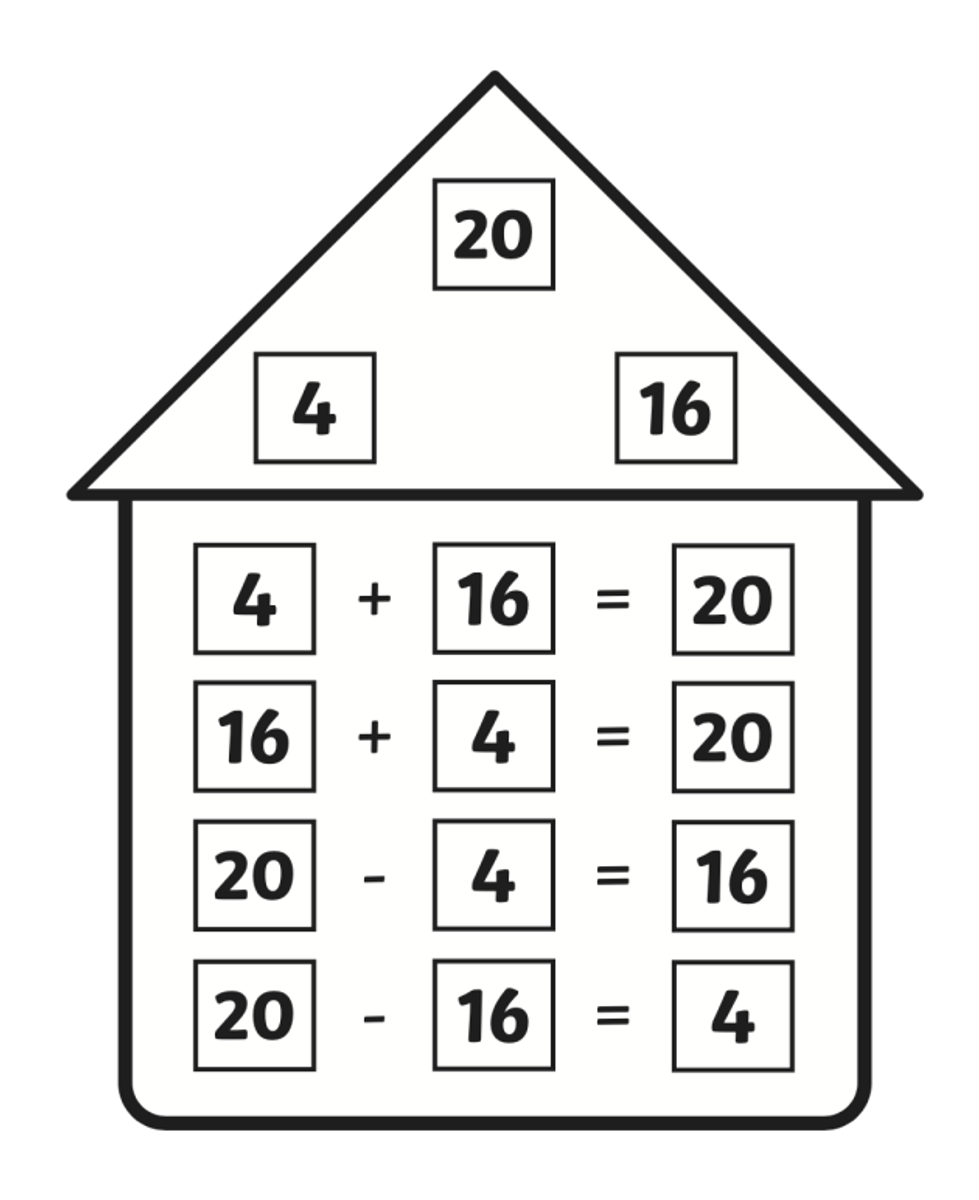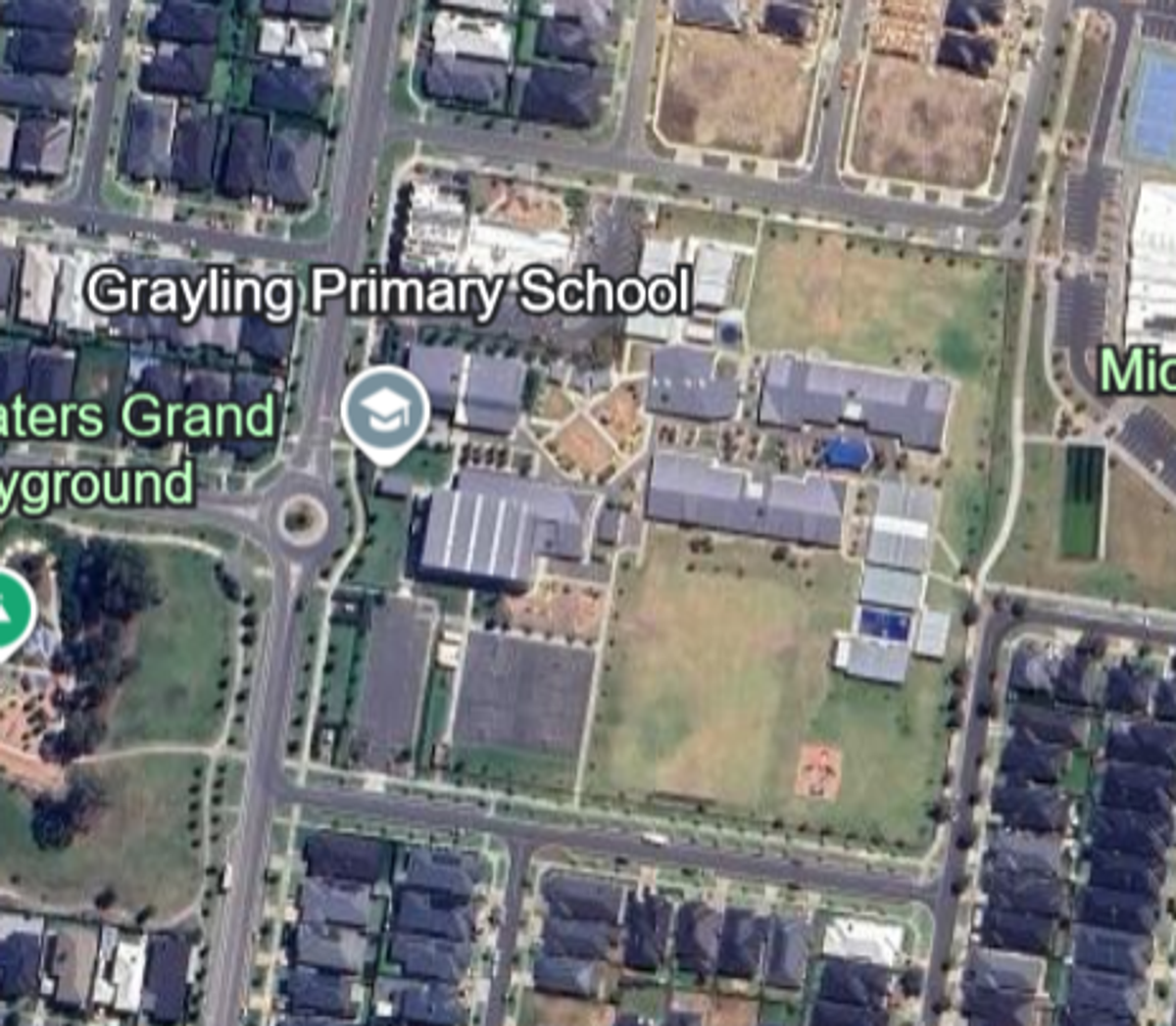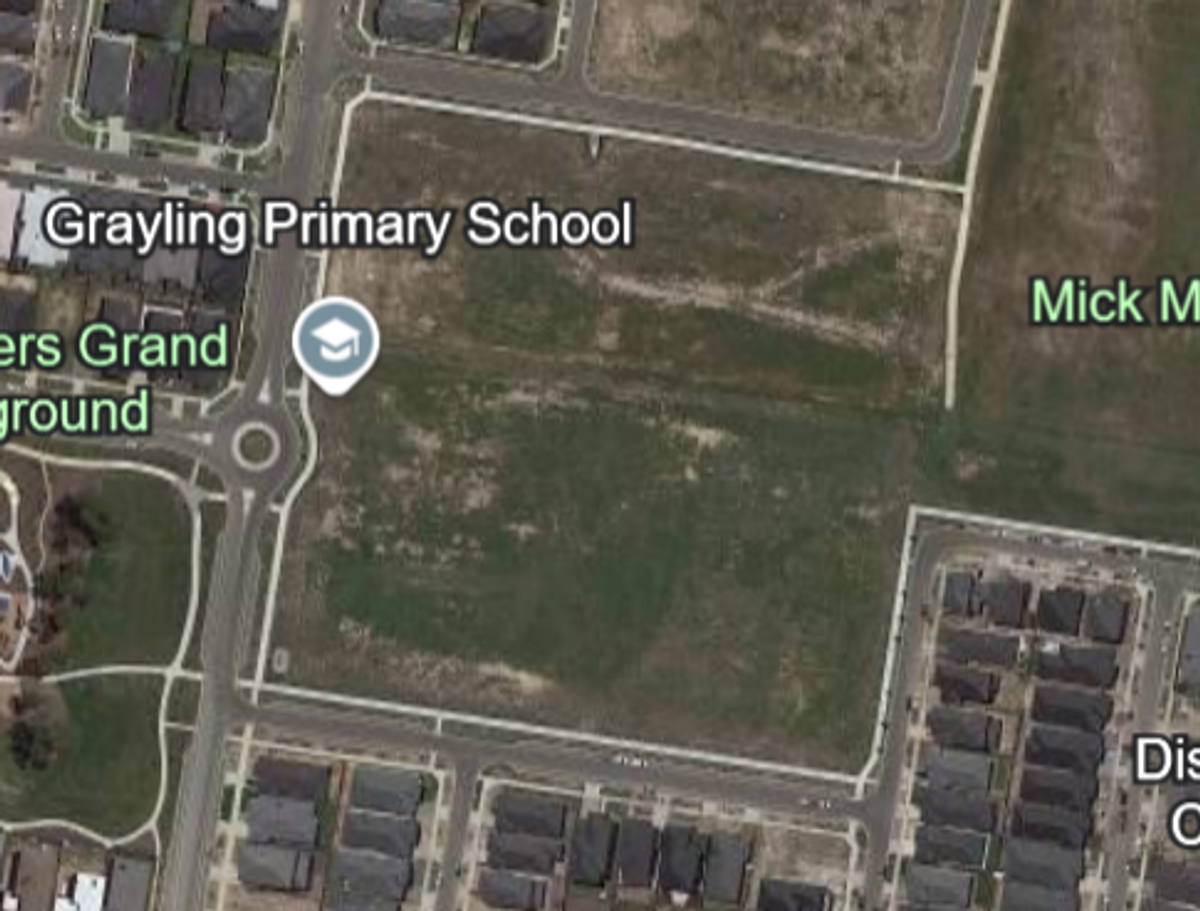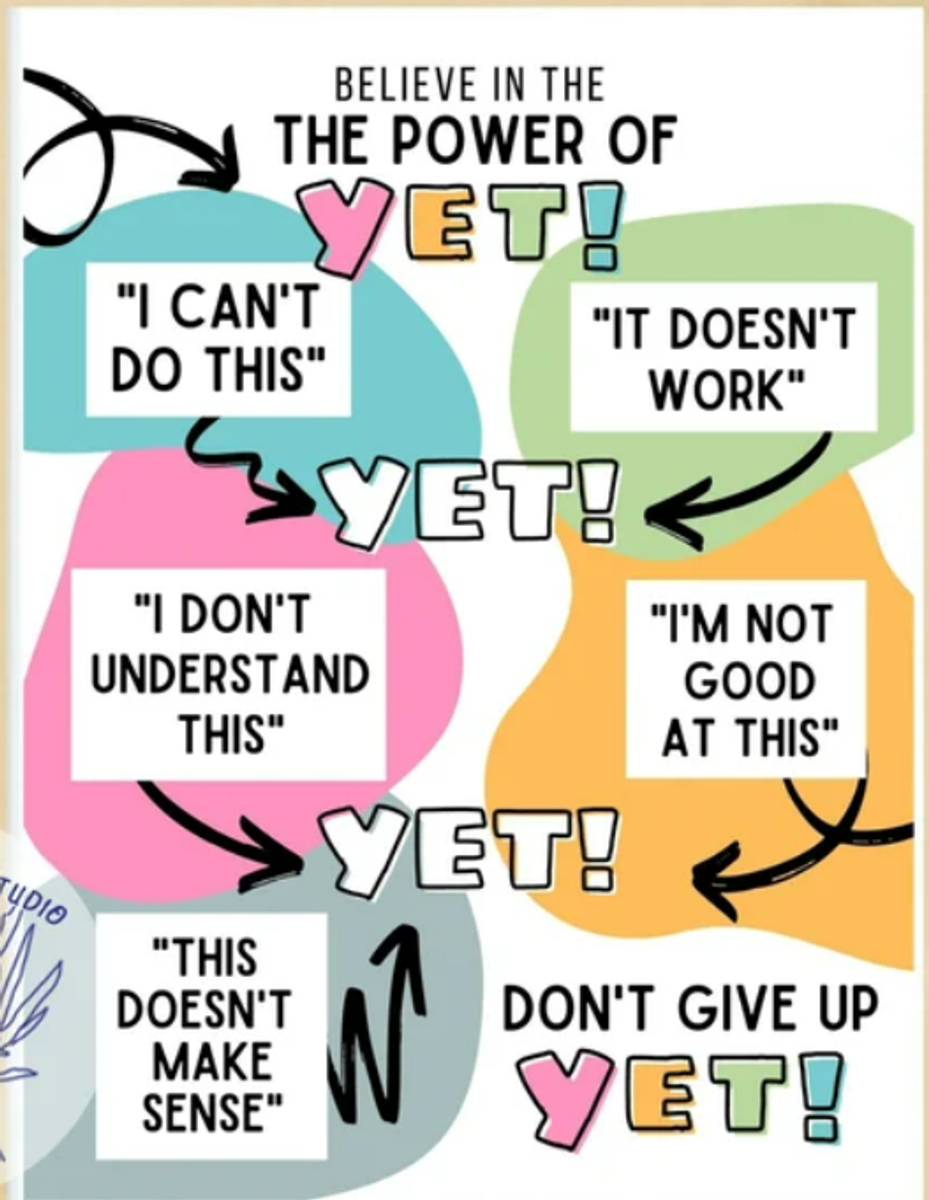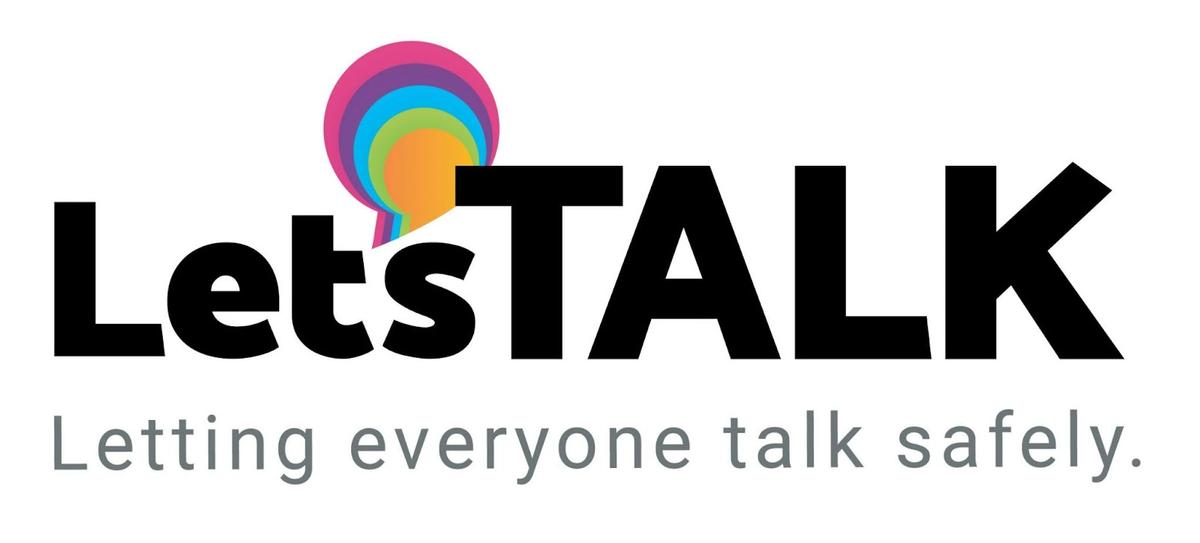Grade 3

Literacy This week, our class has been exploring chapters 8 and 9 of Matilda by Roald Dahl, where two unforgettable characters take centre stage: Miss Honey and Miss Trunchbull. These contrasting teachers each leave a significant mark on Matilda, offering an excellent opportunity to discuss the impact of different characters in stories.
Miss Honey: A Model of Kindness and Support Miss Honey embodies the type of teacher every child hopes for. She’s gentle, attentive, and genuinely invested in her students' learning. When she notices Matilda’s remarkable intelligence, Miss Honey makes a point of recognizing and supporting her talents. Through Miss Honey’s kindness and thoughtfulness, children see a positive role model who brings out the best in her students.
Miss Trunchbull: Strict, Scary, and Unforgiving On the other end of the spectrum is Miss Trunchbull, the strict and fearsome headmistress. Miss Trunchbull’s approach is harsh and unkind; where she enforces strict rules. Her character provides a contrasting example of a teacher who chooses to instil fear. This character has sparked classroom discussions about respect and ways that we can treat each other with kindness and respect.
Our students have been diving deep into writing as we sharpen our skills for NAPLAN! We’ve revisited narrative and persuasive structures, focusing on “Show, Don’t Tell” for characters and settings, as well as sentence structures to enhance clarity and impact.
As part of our preparation, students tackled two NAPLAN style prompts with a narrative titled “What a Mess!” and a persuasive piece debating “Should we learn to swim?”. These sessions challenged them to think critically, organise ideas effectively, ready for next week!
Maths Math Wizards: Jumping into Addition and Subtraction!
Grade three students have been working hard using the jump strategy to add and subtract—great job! But what exactly is the jump strategy? Let’s break it down.
The jump strategy is a way to solve addition and subtraction problems using a number line. Instead of solving all at once, students break numbers into smaller, easier parts and "jump" in steps to find the answer. We use our place value knowledge to identify the amount of hundreds/tens/ones in the number we are adding, and we make these jumps, recording our new number after each jump. Once we have completed all of our jumps, we have our answer!
We’ve also been learning about fact families—groups of three numbers that are connected by addition and subtraction. For example, 5, 7, and 12 make a fact family because:
Practicing fact families helps you see how numbers work together. Keep using your jump strategy and fact family knowledge to solve problems like a math pro!
Integrated
In Integrated, students have been busy exploring changes over time and identifying what has remained the same. We started by exploring Grayling Primary School on Google Earth. Students were fascinated by the changes that have occurred between 2024, 2022 and 2018. Students then spent time exploring Pioneer Park in Berwick, Flinders Street Station and Uluru. They shared interesting ideas regarding why changes have or haven’t been made.
Grayling Primary School in 2024
Grayling Primary School in 2018
Let's Talk:
We have been continuing our Growth Mindset focus where students are acknowledging their strengths and how they can utilise them when they come across a challenge. This will be extremely helpful as our kids tackle NAPLAN in the coming fortnight! We can’t wait to see how they go.



